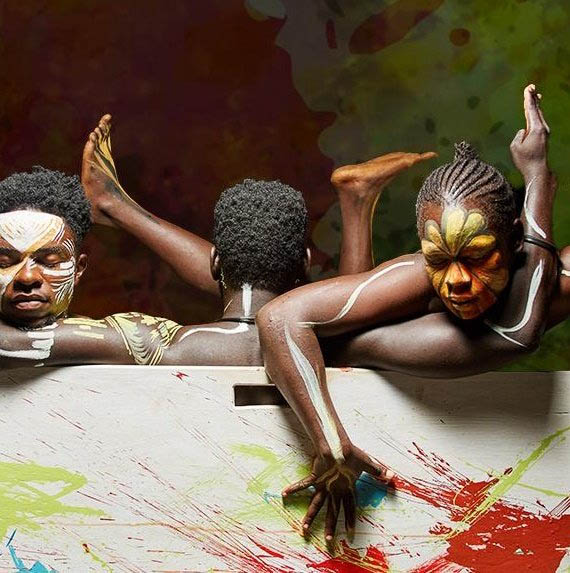
Jinja, Uganda | THE INDEPEDENDENT | Conservationists from different African countries have converged in Jinja City to brainstorm on the various forms of art that are key to defending the rights of wild animals.
Conservationists say that several animals are poached for their body parts, and medicinal purposes, among other practices, which prohibit their right to live just like it is with other living things.
The conservationists are hopeful that, through different forms of art, both the local communities and governments can easily take action against habits contributing to the reduction of wild animals from the face of the earth.
Citing Namibia where a section of government leaders zeroed in on killing wild animals to feed the starving population following a long drought, the conservationists say that, such practices can only end through portraying the merits of wildlife to planet Earth in different art displays.
They further cited the challenge of caging wild animals in homes, an act common in South Africa for largely extracting medicines, which are reportedly in high demand in some Asian countries. They say this practice denies animals the opportunity to enjoy their spacious habitations in the wild, which also deters their full development and procreation.
This also leads to fatal accidents, with wild animals killing their pet masters as their genes are designed for wild habitations and not homes.
Jemima Adong from Gulu City says that her area is not known for many wild animals, but the existing few are slowly being depleted by poachers.
Adong notes that the local communities are destroying animal havens like swamps unhindered, denying the animals any form of comfortable habitation.
Adong also expresses fear about how some community members are equally mistreating domestic animals by denying them key necessities like standard food and descent, which antagonizes their general well-being.
She, however, thinks that, since the largest population comprises youths, it is easy to rally them for action concerning wildlife via art compared to endless speeches, which according to her does not ally with most of them.
Monica Bena, a poet from Kenya says that art portrays direct messages easily understandable by the communities at stake.
Bena however, notes that this form of advocacy can only be effective through continuous sensitization of grassroots communities, most of whom are in endless conflict with wild animals for either food or land respectively.
She adds that, under circumstances where the relevance of coexistence between the wild and surrounding communities is widely emphasized, poetry is only a backup mechanism to create sustainability.
Tafidha Ali from Comoros says that their country boarders the ocean, however, a section of the population is alien to conservation, evidenced by dumping plastics directly into the large water body, hence disrupting the safety of wild animals living under water.
Ali notes that, before COVID-19, art was never a priority in Comoros, however, following their long stay in homes, with most people relying on digital platforms for hope, they have since embraced the power of art as a transformation tool in society.
Ali notes that artists can easily take advantage of the prevailing art spaces to aggressively defend the wild as such initiatives contribute to the sustainability of the entire planet for generations to come.
Ian Muriu, the digital communication and content officer-WAP says that, wildlife across the world is under threat with unprecedented cases of poaching in war-torn countries.
Muriu says that their Organization is currently investing in mobilizing artists across the world to create unique pieces of art, which can be easily publicized across different platforms to create awareness about the need to protect the wellbeing of wildlife.
Muriu is optimistic that, this kind of advocacy will push world leaders to prioritize animal conservation not for only monetary gains, but as a key responsibility owed to them in creating a much desirable world for the generations to come.
Kennedy Odong, the talent coordinator at Green Talk Art says that conservation is everyone’s responsibility and art is the easiest means of creating awareness about a global cause.
Odong says that they are largely engaging University students and their counterparts in secondary schools across the African continent on how best they can actively participate in the genuine cause of protecting the wild through art.
Odong says that, with the young people positioned at the forefront of conservation drives, African leaders will over time prioritize the essence of coexistence with the wild in the same eco-system.
***
URN
 The Independent Uganda: You get the Truth we Pay the Price
The Independent Uganda: You get the Truth we Pay the Price


